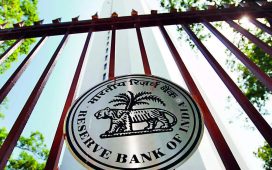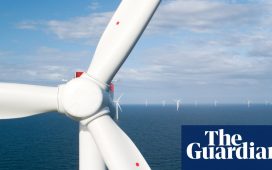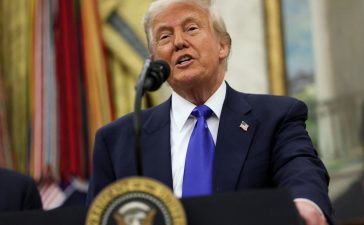
As one of the world’s fastest-growing economies with a rapidly expanding population, India faces the combined challenge of meeting rising energy consumption while reducing carbon emissions. Renewable energy represents the most viable solution for balancing these factors.
Despite having one of the lowest per capita emissions in the world, India is not only championing the cause of clean energy under Prime Minister Narendra Modi, but also inspiring other nations to join the cause.
India’s resolve to combating climate change was emphasised in its announcement at COP26 in Glasgow, where the PM laid out five key targets under the ‘Panchamrit’ initiative, with renewable energy being a critical component. The country pledged to achieve 500 GW of non-fossil fuel energy capacity by 2030 and meet 50% of its energy requirements from renewables by the same year with solar energy accounting for 58% and wind about 20%. These targets align with India’s broader aim of reducing its projected carbon emissions by one billion tonnes and decreasing the carbon intensity of its economy by 45% by 2030.
The prime minister’s special focus has helped India stand fourth globally in renewable energy installed capacity, fourth in wind installed capacity and fifth in solar capacity.
In solar capacity
India had just about 2.5 GW solar capacity in 2014, which has grown more than 30 times in just 10 years to reach around 89 GW now. Even in wind installed capacity, there is 2.2 times jump in 10 years, from 21 GW to 47 GW. On the affordability front, there has been a 76% decrease in tariff for grid-connected solar power plants from ₹10.95 in 2010-11 to ₹2.60 during 2023-24.
India has also implemented programmes such as the PLI scheme to increase domestic production of solar modules and minimise dependency on imports. Alongside, Strategic Interventions for Green Hydrogen Transition (SIGHT) programme offers incentive for manufacturing of electrolysers and production of green hydrogen.
When it comes to adoption of EV infrastructure in the country, the prime minister is keen on paving the way for using only renewable sources for charging the EV vehicles in the future, without using fossil fuel energy sources. The PM Surya Ghar Yojana can also play a role here, with citizens using solar rooftops to power up their vehicles.
The Ministry of New & Renewable Energy will host RE-Invest 2024 renewable energy investors’ meet and expo in Gandhinagar on September 16-18, which will be inaugurated by PM Modi. The aim is to exchange learnings from best practices in the sector and forge new alliances as we move towards achieving 500 GW of installed renewable energy capacity by 2030. There will be participation from Germany, Denmark, Australia, Norway and the UAE. The event will also have various state governments, banks, financial institutions, investors and private players giving their commitments in the form of Shapath-Patra, specifying their plans/targets for the renewable energy sector.
The government is promoting use of renewable energy through renewable energy purchase obligations and renewable generation obligations. These mandates fit into the national vision of moving towards green growth and adherence to obligations makes it possible for individual entities to move on the path of energy transition.
The plan is to bid out at least 50 GW of capacity every year. SECI, NTPC, NHPC and SJVN have been notified by the government as renewable energy implementing agencies (REIAs) for calling bids for solar, wind, solar-wind hybrid RTC RE (round-the-clock renewable energy) power, etc.
Foreign financial institutions and climate funds are lending major support to India’s renewable energy transformation. As per estimates, India will need approximately ₹30 lakh crore worth of investments to achieve its RE and non-fossil energy target of 500 GW by 2030.
India’s renewable energy journey is supported by strong policy backing and international partnership. Initiatives like the International Solar Alliance (ISA), cofounded by India and France, seek to promote solar energy use worldwide, particularly in developing countries. Transitioning to a renewable energy-based economy will have significant socio-economic benefits for India. Furthermore, renewable energy projects, particularly in rural regions, can create jobs and stimulate local economic growth. RE is particularly important for resolving public health concerns about air pollution, which is an issue in many cities.
While challenges remain, continued policy support, tech innovation and global cooperation will be key to realising India’s vision of a net-zero future by 2070. As the world’s largest democracy and a rapidly developing nation, India’s renewable energy journey will serve as a model for other emerging economies navigating the path to sustainability.










